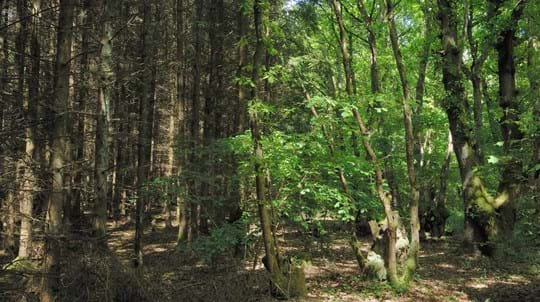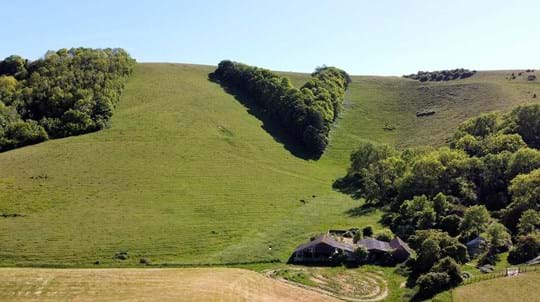
Credit: Katherine Jaiteh / WTML
What is ancient woodland?
Ancient woods are areas of woodland that have persisted since 1600 in England, Wales and Northern Ireland, and 1750 in Scotland. This is when maps started to be reasonably accurate so we can tell that these areas have had tree cover for hundreds of years. They are relatively undisturbed by human development. As a result, they are unique and complex communities of plants, fungi, insects and other microorganisms.































